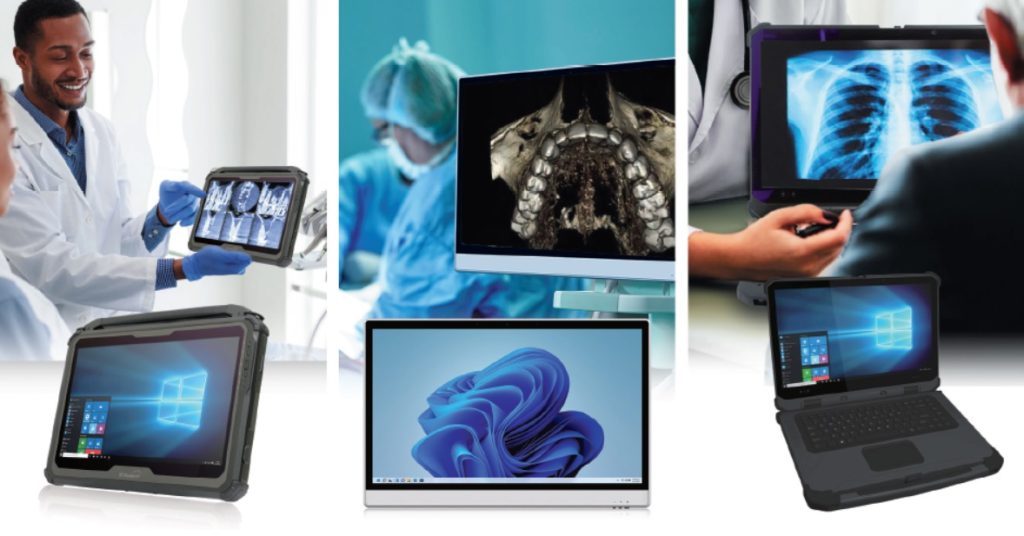
In the dynamic realm of medical healthcare, where precision and real-time decision-making are paramount, the integration of high-powered graphics computing solutions has become a game-changer. Rugged laptops and tablets, and medical graphics stations are equipped with advanced graphics capabilities are emerging as indispensable tools, especially in the domains of medical imaging and training simulations. This article explores the crucial role played by these cutting-edge technologies in enhancing medical training, streamlining operations, and ensuring optimal patient care.
The Evolution of High-Powered Graphics in Medical Training
Medical professionals, including surgeons, radiologists, and emergency responders, are increasingly relying on realistic simulation training to hone their skills. Equipment with ai for graphic design and high-powered graphics are at the forefront of this revolution, providing an immersive and true-to-life training experience. The incorporation of larger screens enables trainees to engage with intricate details, replicating scenarios they might encounter in the field.
Imaging Precision
In the realm of medical imaging, where accuracy is non-negotiable, the demand for high-powered graphics solutions is particularly pronounced. Rugged laptops and tablets are designed to withstand challenging environments, making them suitable for both in-class training and on-field operations. The larger screens offer a detailed and comprehensive view of medical images, aiding professionals in making accurate diagnoses and informed decisions.
Real-Time Video and Artificial Intelligence (AI)
The integration of real-time video and AI applications further elevates the capabilities of these high-powered graphics computing solutions. In medical healthcare, where timely decisions can be a matter of life and death, the ability to process vast amounts of data quickly is invaluable. Rugged laptops and tablets equipped with powerful graphics processors facilitate the seamless operation of AI algorithms, enabling tasks such as image recognition, diagnostics, and treatment planning to be performed with unprecedented speed and accuracy.
Graphic Intensive Workloads
Medical professionals often deal with graphic-intensive workloads, particularly in fields such as surgery planning, 3D medical and dentistry imaging, and virtual reality-based training. High-powered graphics computing solutions ensure that these applications run smoothly, providing a responsive and realistic experience. This is crucial for effective training simulations and for professionals to stay updated on the latest medical procedures and technologies.
Benefits of Rugged Laptops and Tablets in Medical Healthcare
- Durability: Rugged laptops and tablets are built to withstand harsh conditions, making them reliable tools in the demanding healthcare environment.
- Portability: The compact and portable nature of rugged laptops and tablets allows medical professionals to carry these high-powered computing solutions wherever they go, ensuring access to critical information on the field.
- Enhanced Productivity: The combination of larger screens and powerful graphics processors enhances productivity by providing a detailed and comprehensive view of medical data, facilitating quicker decision-making.
High-powered graphics computing solutions have emerged as the backbone of modern medical training and imaging. Rugged laptops and tablets, as well as medical graphics stations, are equipped with advanced graphics capabilities are empowering healthcare professionals with tools that are robust, portable, and capable of handling the demanding requirements of medical applications. As technology continues to evolve, these innovations promise to redefine the landscape of medical healthcare, ushering in an era of precision, efficiency, and enhanced patient outcomes.

